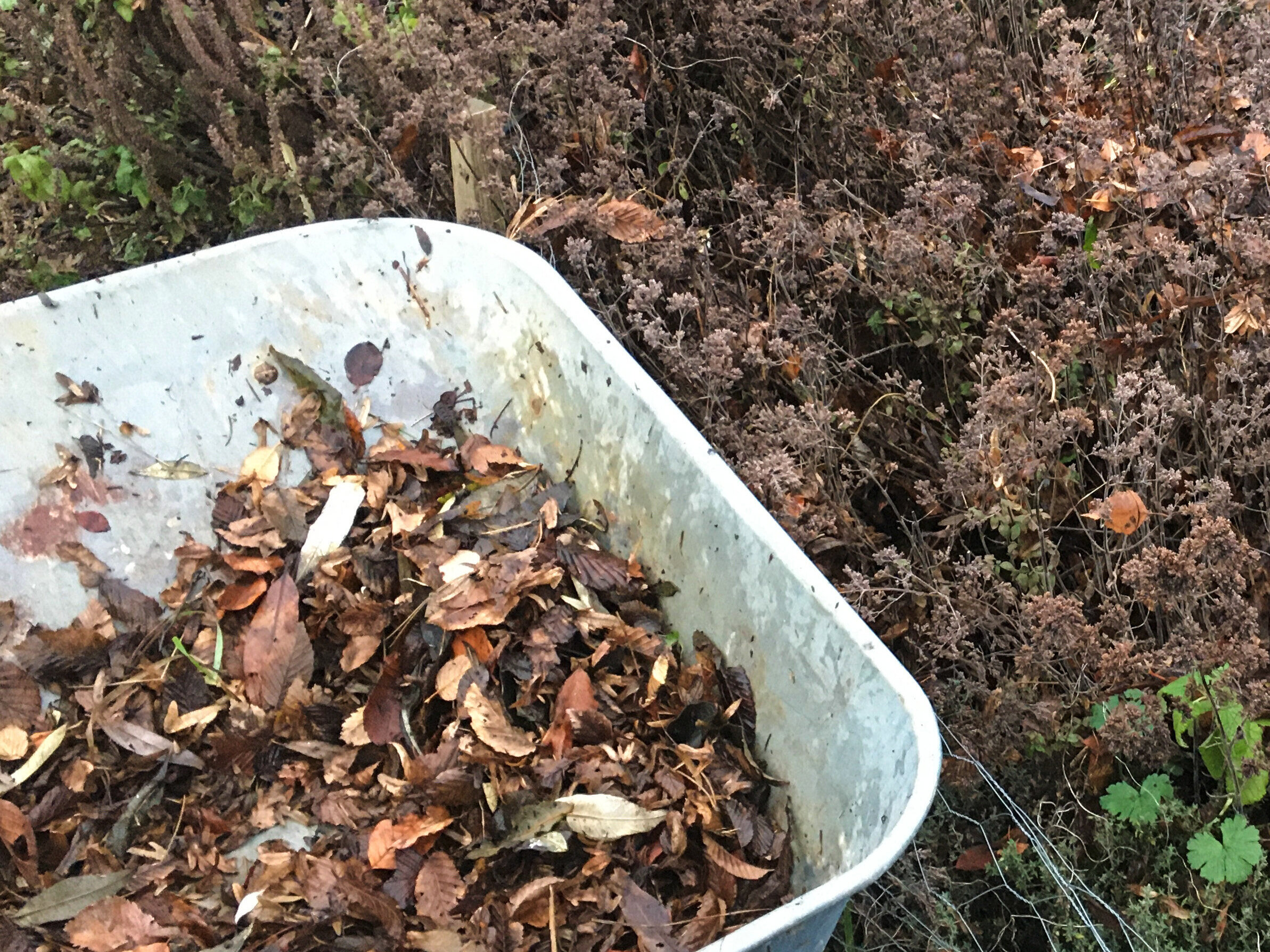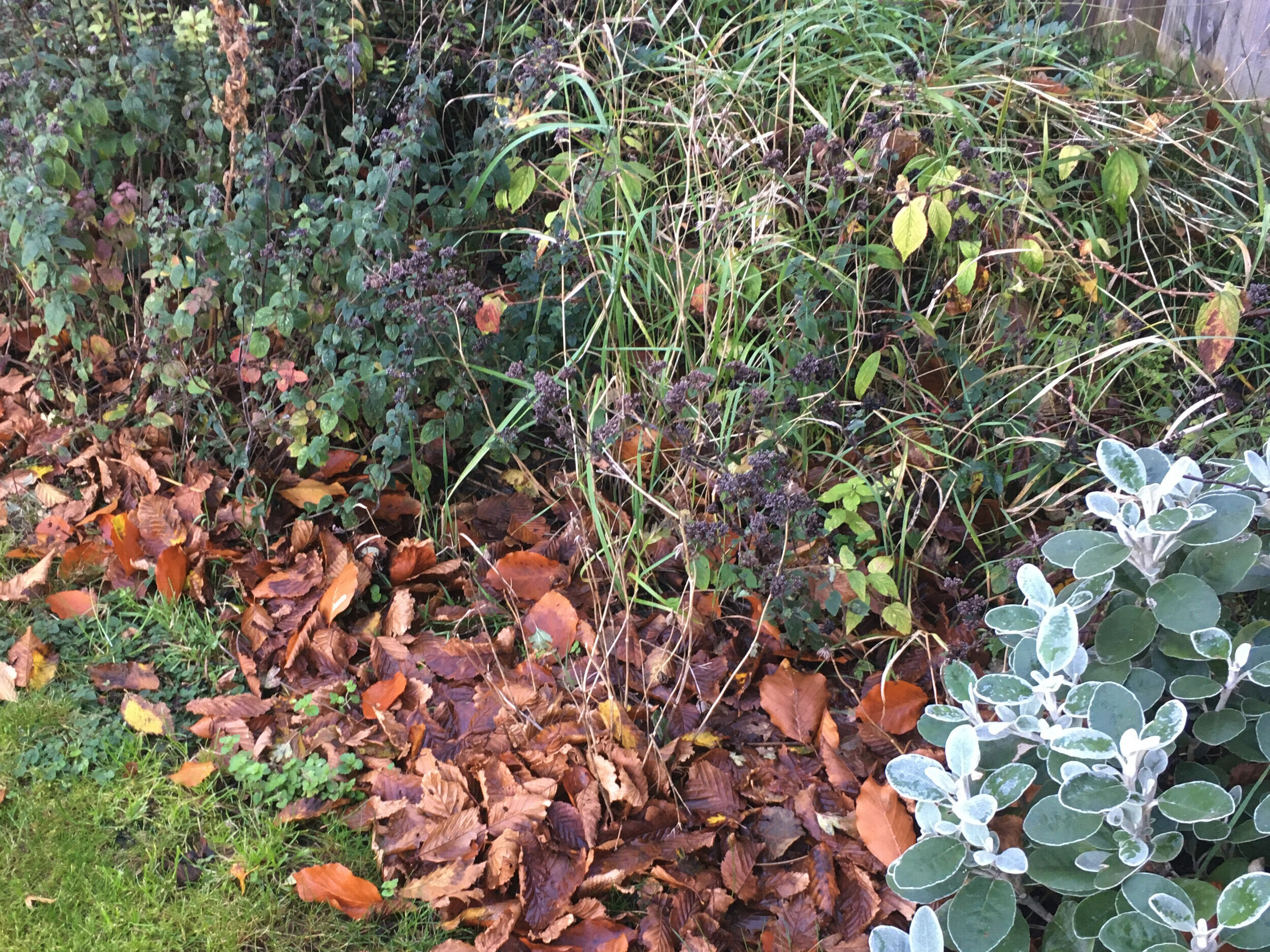Leaves - the original compost
Many centuries ago, most of lowland Britain (and Europe) was covered in trees. For millenia, those trees grew, dropped their leaves, died, rotted and were replaced with more trees. The organic material produced by this cycle developed into soils. Without this resource, there would be no life on earth.
In most places, topsoil is only about 30cm thick, more in areas where wetlands developed peat, less where historical river systems or hills mean that clay, sand or rock is nearer the surface.
Over the last few centuries, we have significantly reduced our tree cover, interrupting this cycle. Instead of the trees making more organic matter to feed the soil, we now use chemicals. As a result, soils are deteriorating and in the UK it is thought that our agricultural land - which makes up 70% of the UK - has lost between 40 and 60% of its historical organic contents. The result is an increasingly mineral-based soil that it supports less life and requires more chemicals to sustain production.
This situation can also be true in our gardens if we do not regularly add organic matter back into our soil. Making compost from our garden and kitchen waste is really important to replicate the natural cycles.
But at this time of year, simply making the most of all the falling leaves is such an easy way for feeding our soil; just gather them from wherever they land and dump them into your flowerbeds, or under your shrubs or as a layer over your vegetable garden. We rake ours off the lawn and straight into the borders. They tend to get stuck on top of the old plant stems but a bit of wind soon wiggles them down. All the fantastic worms and other beasties will do the rest for you, turning the leaves back into soil to feed your garden.


